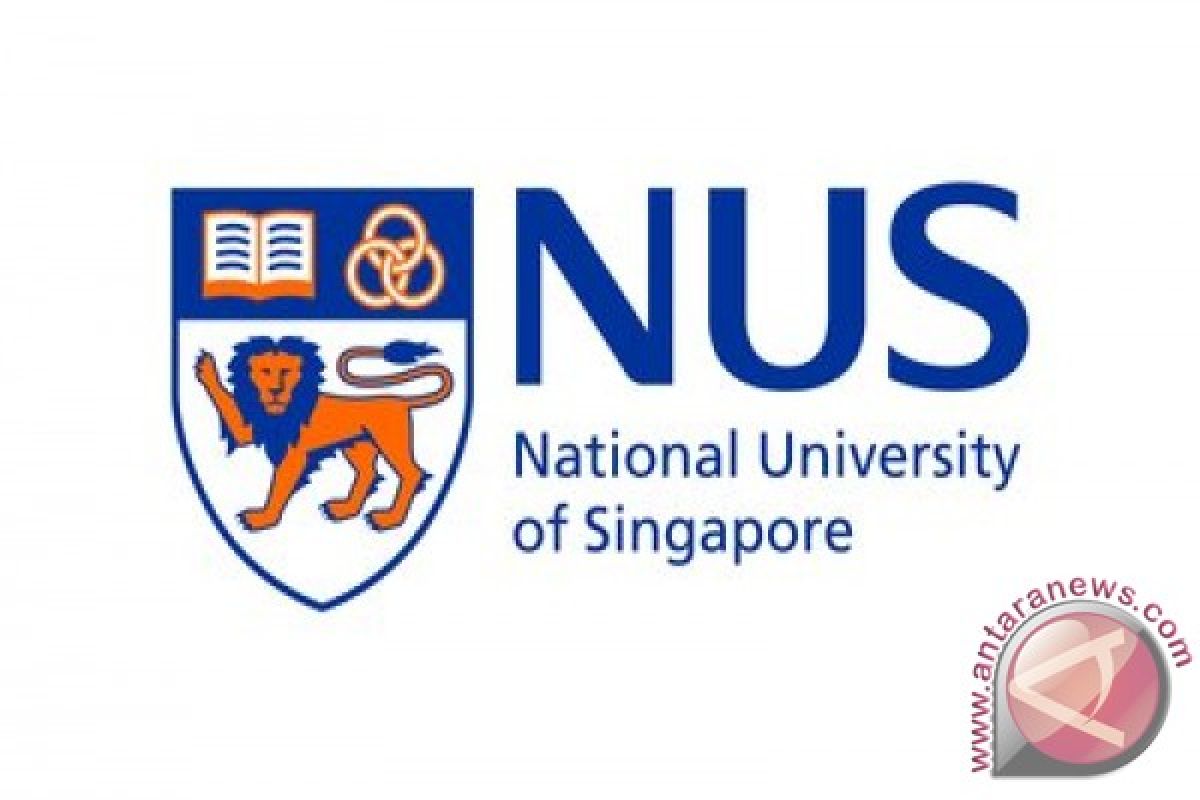The water purification industry today faces a major challenge of high energy costs incurred by current membrane systems to recover water from saline sources. Industrial water purification processes are costly because they require high hydraulic or osmotic pressures to push water molecules to filter through the membrane systems.
Led by Associate Professor Tong Yen Wah who is also from the Department of Chemical and Biomolecular Engineering at NUS, the team has designed and fabricated a new aquaporin-incorporated water purification and treatment system that is highly efficient. Aquaporins are membrane proteins that selectively conduct water molecules in and out of cells, preventing the passage of ions and other solutes.
Also known as the water channels in living cell membranes, aquaporins have been found to be the functional unit of nature's water purification systems. These channels provide nature's examples of membrane structures that allow high volume of water molecules to pass through a small surface area at very low pressures, leaving impurities like salt behind.
With the presence of aquaporin, mangrove plants which have adapted to survive in salt water, are able to filter between 90 and 95 per cent of the salt at their roots, while the human kidney is able to purify up to 150 litres of water daily.
The team is among the first in the world to have succeeded in placing aquaporin proteins onto polymer membranes to act as channels that allow only water to go through very quickly, at low pressures and low energy.
Explained Assoc Prof Tong, "The biomimetic membrane is constructed to mimic the layers of cells on the roots of mangrove trees by embedding nano-sized aquaporin-vesicles onto a stable and functional ultrafiltration substrate membrane using an innovative yet simple and easy-to-implement surface imprinting technology. We found that the resultant aquaporin-incorporated biomimetic membrane allows water to pass through it faster and also display lower salt leakage than a membrane without aquaporin."
Unlike conventional biomimetic membranes which tend to be quite fragile, the novel membrane exhibits high mechanical strength and stability during water filtration. This makes it suitable for industrial applications in water treatment and desalination. For the public, this could mean greater supply of drinking water at much lower costs in the near future.
The team is currently in discussions with an American-based company to develop a pilot-scale module to test the feasibility of the membranes in the next two years.
According to Assoc Prof Tong, the team's technique of producing the biomimetic membranes can be applied in biological and biomedical research where the study of any other biological membrane protein requires its unique characteristics and functions to be expressed and properly placed onto synthetic membranes.
The team is also currently in discussions with AWAK Technologies to engineer similar biomimetic membranes for wearable kidney dialysis devices. The future wearable kidney dialysis machines may work without any adsorbents and may also be much more compact in size.
More information about the research: http://news.nus.edu.sg/press-releases/9790-biomimetic-membrane-for-water-purification
MEDIA CONTACT:
Amal Naquiah
National University of Singapore
DID: +65-6516-5125
Email: amal@nus.edu.sg
Logo - http://photos.prnasia.com/prnh/20151130/8521508170LOGO
Reporter: PR Wire
Editor: PR Wire
Copyright © ANTARA 2015












